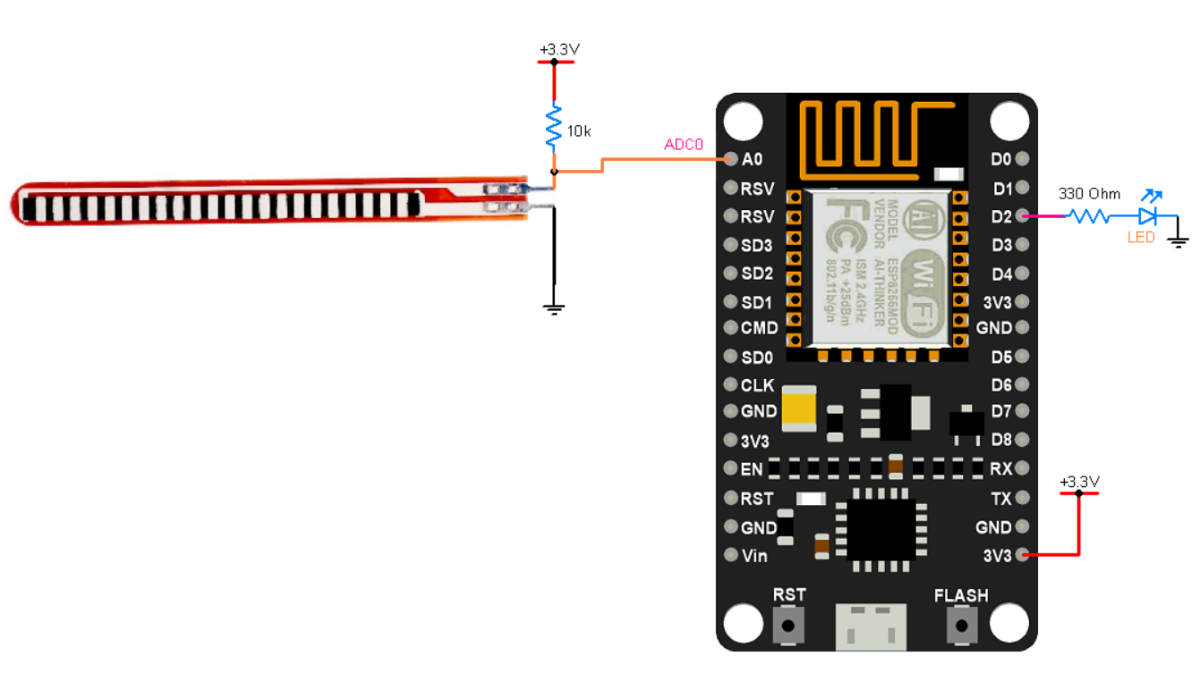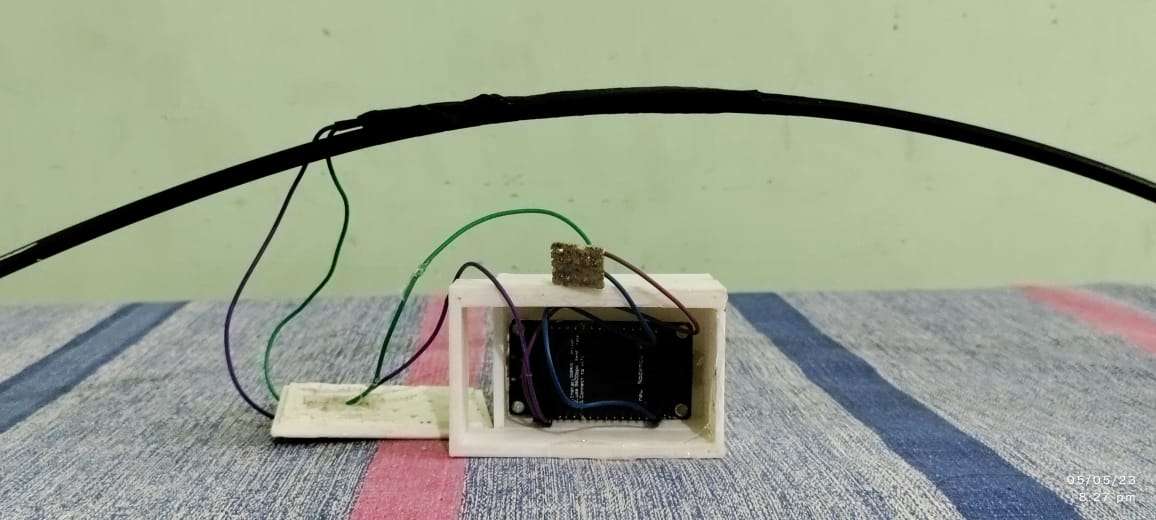DANGLING WIRE DETECTION AND CENTRALISED MONITORING SYSTEM
Electrocution and the hazards of dangling wires are critical urban issues. Dangling wires, often termed "spaghetti wires," are a prevalent problem in many cities, posing severe safety risks and aesthetic concerns. These tangled electrical and communication cables can cause significant road accidents. In 2024, there was a notable increase in incidents attributed to these hazardous wires. For instance, in Metro Manila, multiple injuries and fatalities have been reported due to accidents involving live wires.
Electrocution and safety hazards due to dangling wires are major issues in Indian cities and other regions. Dangling power cables, often seen hanging from electricity poles and streetlights, pose significant risks to commuters and residents. In cities like Bengaluru and Ludhiana, these cables frequently cause injuries and even fatalities. For instance, Bengaluru reported multiple incidents where pedestrians were injured due to fallen wires and a tragic case where a woman and her child were electrocuted last year.
These hazards are exacerbated during the monsoon season, with rain increasing the likelihood of exposed wires causing accidents. In Ludhiana, markets have been labeled "death traps" due to the precarious hanging wires that pose a constant threat.
Efforts are being made to mitigate these dangers. The Bruhat Bengaluru Mahanagara Palike (BBMP) has been actively removing low-hanging cables and has issued notices to internet service providers to address unauthorized connections. However, progress is slow, and the problem persists due to inadequate responses from ISPs.
Overall, the issue of dangling wires is a pressing urban challenge that requires more robust infrastructure solutions and stricter regulatory measures to ensure public safety.
.png)
Key Components
Flex Sensors: At the heart of the system are flex sensors, which are designed to monitor the physical condition of the wires. These sensors are variable resistors that change resistance based on the amount of bending or flexing. By measuring these variations, the system can detect anomalies such as sagging or displacement of wires.
Microcontrollers: Each flex sensor is connected to an ESP8266 embedded microcontroller (MCU). The MCU processes the sensor data and communicates with cloud platforms for real-time monitoring. It is equipped with General Purpose Input/Output (GPIO) pins to interface with the flex sensors and other components.
Cloud Platform Integration: The data collected by the MCUs is transmitted to a cloud platform Things speak for centralized monitoring. This integration allows for real-time visualization of the wire conditions and facilitates the analysis of historical data. Users can access this data through a web-based dashboard or mobile application.
Disaster Response Features: The system is designed with disaster response in mind. During emergencies, such as severe storms or floods, the system can provide crucial information to emergency responders through IFTTT or Postman API. It can send automated alerts via voice calls or emails to relevant authorities, such as local government officials or utility companies, to prompt immediate action.
Power Supply: To ensure reliability during power outages or disasters, each device has a backup battery that provides power even when the main supply is disrupted. This ensures that the monitoring system remains operational in critical situations.
System Operation
The Intelligent Wire Monitoring and Management System operates as follows:
Installation: During the installation of new wiring, flex sensors are integrated with the cables. These sensors are strategically placed to monitor critical points where sagging or other issues are likely to occur.
Data Collection: As the wires are subjected to environmental conditions, the flex sensors continuously measure changes in resistance due to bending or stretching. This data is collected by the MCUs and processed to identify any anomalies.
Real-Time Monitoring: The processed data is transmitted to the cloud platform, where it is visualized in real-time. Users can monitor the condition of the wires, receive notifications of any issues, and analyze historical trends.
Automated Alerts: If the system detects a significant problem, such as a wire that is dangerously close to the ground or broken, it automatically generates alerts. These alerts are sent via voice calls, emails, or other communication methods to the appropriate authorities.
Response Coordination: In the event of an emergency, the system provides detailed information about the location and nature of the problem. This helps emergency responders quickly assess the situation and take necessary actions.
Due to he huge problems which are created due to the pegasi wire or the dangling of wires in all the seasons and that too very worse in the rainy seasons this device is being designed where the main point of the these wire is while installation these wires will be installed at the good level where it will not give any problem to other and then these wire will be on prolonged and imposing of the other wire will be getting the leverage to either cutdown or to dangle very low where in any case the current is passing through it or people are traveling in that will either met accident or even in worst case they will die, thus device acts like a IOT node.where these will be using flex sensor where this sensor has the unique ability to pass the current through it based on the amount it's bending the current will be passed simply is a flexing variable resistor where which will be very simple these devices have the predefined fins which will have the property of input these are GPIO's in the embedded controller, then here each time the new cable or wire in played it will be insulted with these flex sensor with it, where with the wires these also either fluctuates the amount of current it passes or we can recieve a anomalous data on the resistance value from the MCU.
Then these microcontrollers are simply connnected and establised with different cloud platform and widgets to showcase the realtime monitoring of the poles where there will be both the network wore as well as the line wires which is the supplier of the electricity for your houses, these devices are even much useful during disaster time where it will be much easier to has the data on where we need to take actions, to be more precise the bisggest task to decide when ever the rainy season start or the disaster happens this makes everythin easy and connected as well as get the data to be in the same bed that is same cloud platform for this either you should construct your own cloud paltform or simply you can use a private cloud platform where that is things speak and for api calls and mail an Api platform will be used which is either IFTTT or postman API ,here to do this simply take write api key from cloud paltform and then some post api keys from the api platform then your connectivity part is done. Now, these devices will also send the voice-over API call to the respected authority to take action by using a simple app where that will give a call during emergencies like cut wires or wires falling or hanging in the range below should not be, then to the respective authority and the special forces or the government authority both state and central get the info through mail about the incident from the centralized monitoring database and have a power supply separately with a battery which could even survive even in the disaster time for a good amount of time.
Step to construct the device:
Step 1: Connect the Node Mcu with the flex sensor

https://www.electronicwings.com/nodemcu/flex-sensor-interfacing-with-nodemcu
Step 2: check whether you get the data or variable resistance values observed in the serial monitor of the IDE
Step 3: Now set the data transfer between the micro-controller and the cloud platform using the wrtite API key and jsut transfer any raw data from microcontroller to the cloud database.

https://www.instructables.com/ThingSpeak-Using-ESP8266/
Step 4: then now change the code as such the data value from the sensor is sent with the write API to be projected in the cloud interface.
Step 5: Then simply now use the write API key of the IFTTT for the applets and create a mail and voice-over API
so that you can use a MQTT protocol as your basis where you will transfer the data.
https://www.instructables.com/ESP8266-to-IFTTT-Using-Arduino-IDE/
Step 6: Now compile all the Enjoy your device is ready.

The DANGLING WIRE DETECTION AND CENTRALISED MONITORING SYSTEM represents a significant advancement in infrastructure safety and management. By combining IoT technology, advanced sensors, and real-time data analytics, this system provides a comprehensive solution to the problems associated with exposed and poorly maintained electrical wires. Its innovative features enhance safety, streamline maintenance, and improve disaster response, making it a valuable tool for modern infrastructure management. As the system continues to evolve, it has the potential to set new standards for safety and efficiency in the field of electrical wiring.